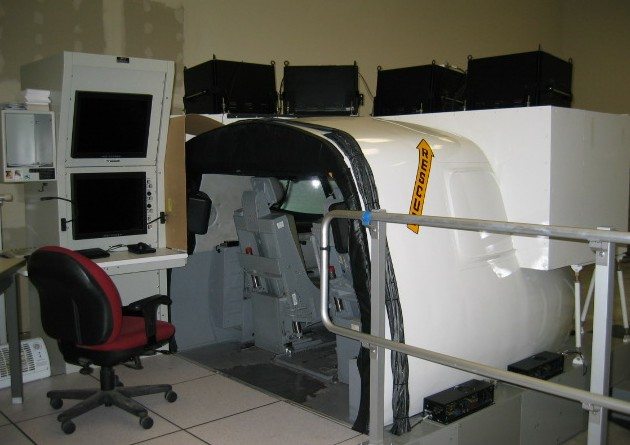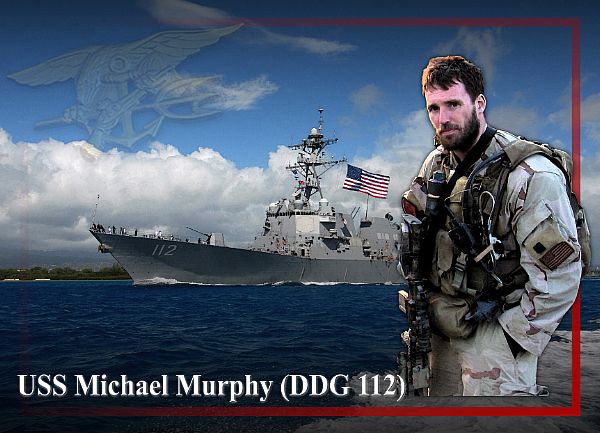The recently upgraded C-2A Greyhound Operational Flight Trainer (OFT) was declared ready for training March 21 at Naval Station Norfolk, Va.
The simulator is outfitted with the latest communication, navigation surveillance/air traffic management (CNS/ATM) system, sometimes referred to as a digital or glass cockpit. The system, developed by Rockwell Collins, Cedar Rapids, Iowa, includes satellite-based technology designed to enable seamless control and management of air traffic over civilian airspace in the U.S. and abroad. The OFT now has the same communication and navigation capabilities the aircrew will use in the aircraft.
“We are excited about implementing this advanced technology into the simulator,” said Capt. John Feeney, Naval Aviation Training Systems (PMA-205) program manager. “The importance of keeping the simulator up-to-date with the aircraft ensures aircrew will be proficient in air traffic management when they step into an actual C-2A.”
To enhance the training capabilities of the OFT, the original instructor operator station (IOS) was replaced with the newest Windows-based IOS simulator and an eight-bladed propeller was installed, making it concurrent with the aircraft.
The device, managed by PMA-205 and developed by Aero Simulation, Inc., Tampa, Fla., provides a realistic environment for aviators to practice emergency procedures, instrument training and cockpit procedures, both on the ground and in flight.
“The OFT is a very important part of our aviation syllabus,” said Lt. Deron Krietemeyer, E2/C2 training systems project manager. “Approximately 65-70 new C-2 community aviators and 10 fleet instructors are qualified on this trainer per year. It sees normal usage by the Fleet as well.”
The OFT is the second device to be upgraded with the enhanced capabilities. The first is located at Naval Air Station North Island, Calif. Because only two of these trainers exist, only one trainer could be upgraded at a time due to Fleet requirements.
The C-2A Greyhound is a twin-engine, cargo aircraft designed to land on aircraft carriers. Its primary mission is carrier onboard delivery to include personnel, supplies and mail. The large, aft cargo door and ramp allows for airdrop of supplies and personnel as well.











